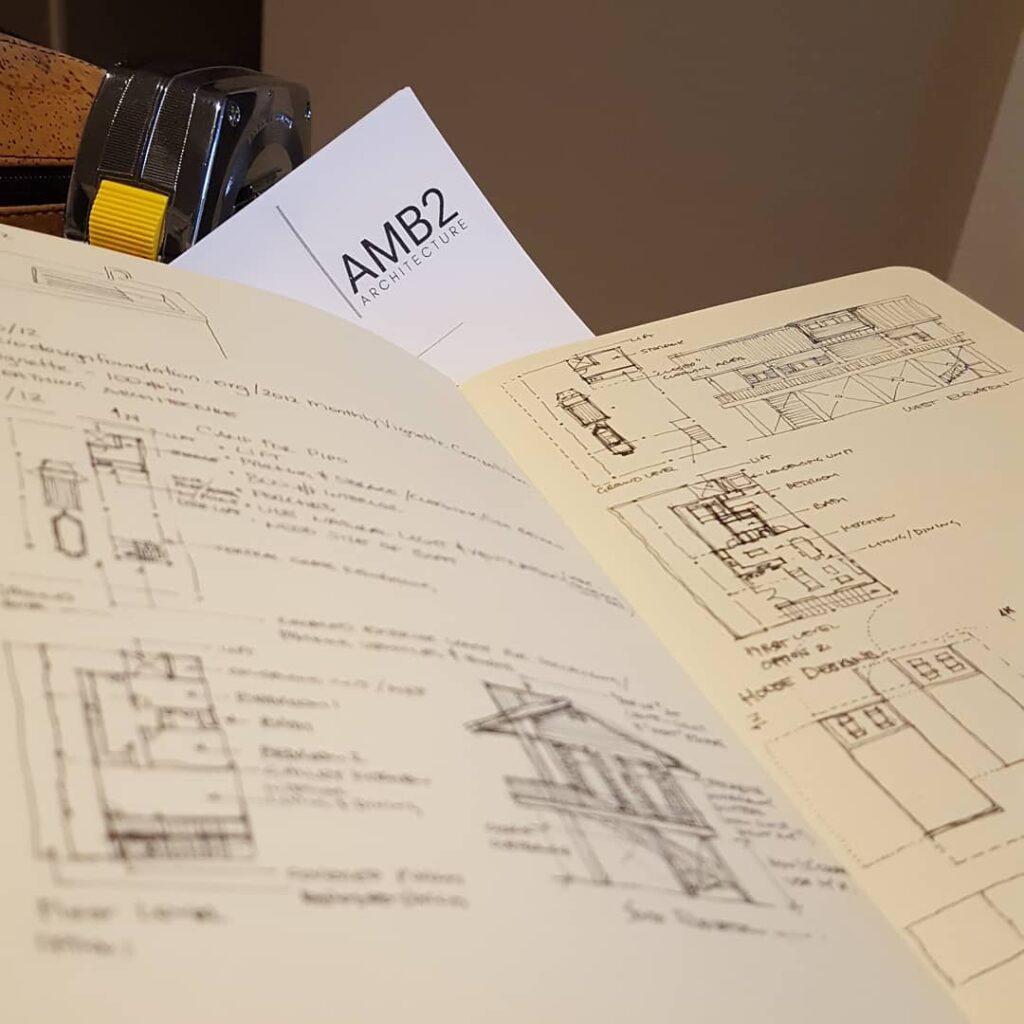 It must be overwhelming to hire an Architect. With companies advertising services for architectural designer, designer, interior design, etc. it is confusing, even for me, what services these companies offer and what is actually required not only to complete a project but if the company is advertising a professionally licensed design and construction professional. These unregulated titles make it difficult for potential customers to make an educated decision on the services required to get their project up and moving as well as through the permit process and ultimately constructed. Nearly weekly I come across individuals confusing the public and disrespecting the title of Architect and often times blurring and confusing clients with terms like designer, architectural designer, etc. In fact, many do not even hold a degree in the field of design or construction much less have a license to practice in the industry.
It must be overwhelming to hire an Architect. With companies advertising services for architectural designer, designer, interior design, etc. it is confusing, even for me, what services these companies offer and what is actually required not only to complete a project but if the company is advertising a professionally licensed design and construction professional. These unregulated titles make it difficult for potential customers to make an educated decision on the services required to get their project up and moving as well as through the permit process and ultimately constructed. Nearly weekly I come across individuals confusing the public and disrespecting the title of Architect and often times blurring and confusing clients with terms like designer, architectural designer, etc. In fact, many do not even hold a degree in the field of design or construction much less have a license to practice in the industry.
Did you know an Architect is the only design and construction professional that has a fiduciary responsibility to the client? And, the Architect holds to the values and ethics of the profession as a licensed professional with the same life safety concerns and liability as physicians, engineers, and other highly experienced licensed professionals.
F i d u c i a r y
Definition by Merriam-Webster – adjective fi·du·cia·ry \ fə-ˈdü-shē-ˌer-ē , -shə-rē , -ˈdyü- , fī- \
a : held or founded in trust or confidence
a fiduciary relationship
a bank’s fiduciary obligations
b : holding in trust
c : depending on public confidence for value or currency
fiduciary fiat money
Here is just one of the many stories from personal experience from speaking with clients who luckily asked the right questions and realized they deserved more.
Recently, I completed an addition in the New Orleans neighborhood of Lakeview. As with other projects, the clients had reached out to me for a second opinion. During our initial consultation they realized that they were not presented an accurate assessment of the previous individual’s experience and credentials and were in fact working with someone claimed to be an architect hiding behind the term “Residential Designer.” That designer’s recommendation was to add to the rear of their existing home, which would not meet the Orleans parish setback regulations and other ordinances much less understanding building codes, construction techniques and existing systems integrations. They worked exclusively with a contractor who estimated a construction cost nearly twice as much as the estimated construction cost I predicted during the consultation (and ultimately the final construction cost). But, most importantly, the addition they proposed did not meet the need and design goals for the client and would have eliminated any room for their dream pool. If they would have continued with that “Residential Designer,” not only were they to find someone to “stamp” their drawings, which is illegal, but they would have ultimately paid more than twice the design service fees and left with an inferior design that did not meet their objectives. I hear similar stories monthly when I am reached out for projects in the metro area. And, what I have learned, is that by cutting corners you do put yourself, your loved ones and business in jeopardy and creating more financial, timeline and under-designed headaches in the short and long term. I hear often that my leadership and involvement is the best value they provided in achieving a client’s building goal.
There are just shy of 110,000 Architects in the United States. To be called by the legal title Architect, one must have graduated from an accredited program at a university or college with, at minimum, a Bachelor in Architecture. Following the degree, the Architectural Designer (one of the most misused titles, but previously called Intern Architect) adheres to the requirements of the Internship Development Program, IDP. Upon finishing this residency program, the candidate is eligible to begin taking one of many licensing exams. (Today there are seven exams; when I became licensed over a decade ago, there were nine.) According to NCARD, the process from start to finish takes on average 121/2 years. Upon passing all the exams and being in good standing, the candidate is eligible to apply to their state accordingly and register as an Architect. (All unlicensed professional with this degree working among other licensed Architects are called Architectural Designer by law, a title pushed by a professional organization without vote by Architects who have a much higher standard) despite their years in the profession, age, or experience until he/she has passed all the licensing exams and registered with their corresponding state.) Similar to other licensed professionals, Architects adhere to a code of ethics and life safety, annual continuing education credits are required and an Architect must be in good standing to renew their license annually.
My firm practices under the traditional role of an Architect. My extensive experience and negotiation skills working with multi-million dollar heathcare, commercial, hospitality, industrial and custom high end residential projects has been instrumental in the success of my client’s projects. Curious to know how an Architect can help you? I provide consultations on an hourly basis at your convenience. This is the best next step into making your next project a reality.
Resources:
Find out if you are working with an Architect on the Louisiana State Board of Examiners website
Find out if your Architect is a member and adhere to the regulations of an Architecture Firm via the Louisiana State Board of Examiners website
Find out more about demographics and process of becoming an Architect via NCARB (National Council of Architectural Registration Boards)

